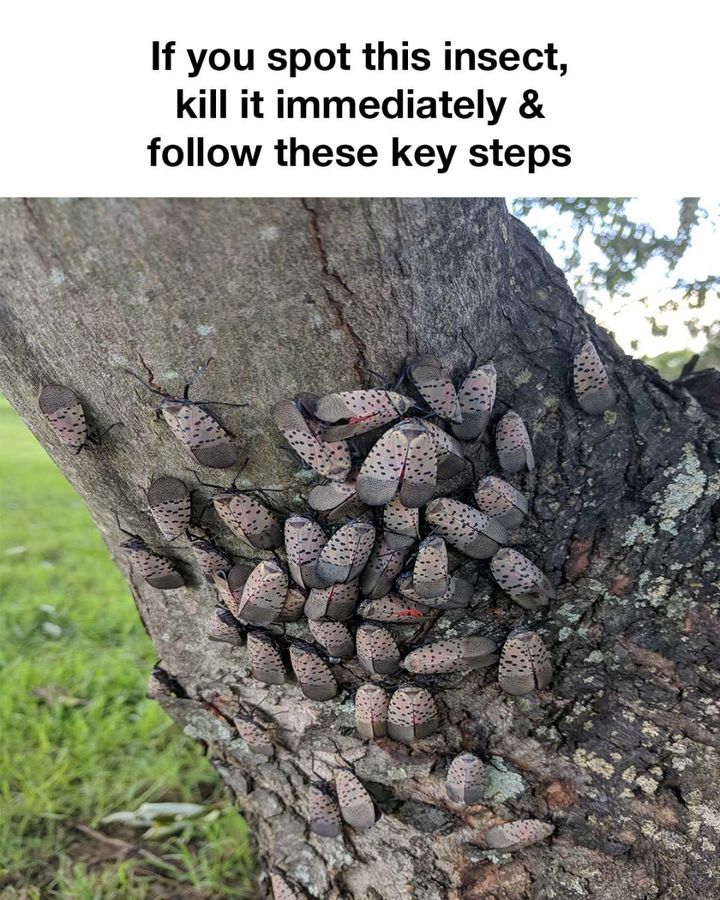Good to know! Gotta check my backyard immediately!
In recent years, an invasive pest has been making headlines and causing widespread concern across several U.S. states. Known as the spotted lanternfly (Lycorma delicatula), this striking but destructive insect has become infamous for the significant damage it inflicts on agriculture and the environment.
Here’s what you need to know about the spotted lanternfly, why it’s so important to control its population, and how you can safely contribute to its eradication.
What Is the Spotted Lanternfly?
The spotted lanternfly is an invasive planthopper native to parts of China, India, and Vietnam. It was first detected in the United States in Pennsylvania in 2014. Since then, it has spread to numerous other states, including New Jersey, Virginia, and Ohio.
The spotted lanternfly is an invasive planthopper native to parts of China, India, and Vietnam. It was first detected in the United States in Pennsylvania in 2014. Since then, it has spread to numerous other states, including New Jersey, Virginia, and Ohio.
This pest primarily feeds on the sap of more than 70 different plant species, including grapes, apples, pines, and maples, making it a significant threat to the U.S. agriculture and forestry industries.
Adult lanternflies are about 1 inch long and half an inch wide, with eye-catching wings. Their forewings are gray with black spots, and their hind wings have contrasting patches of red and black with a white band. In the nymph stages, they are black with white spots, transitioning to red before becoming adults.


